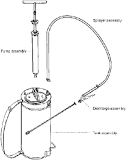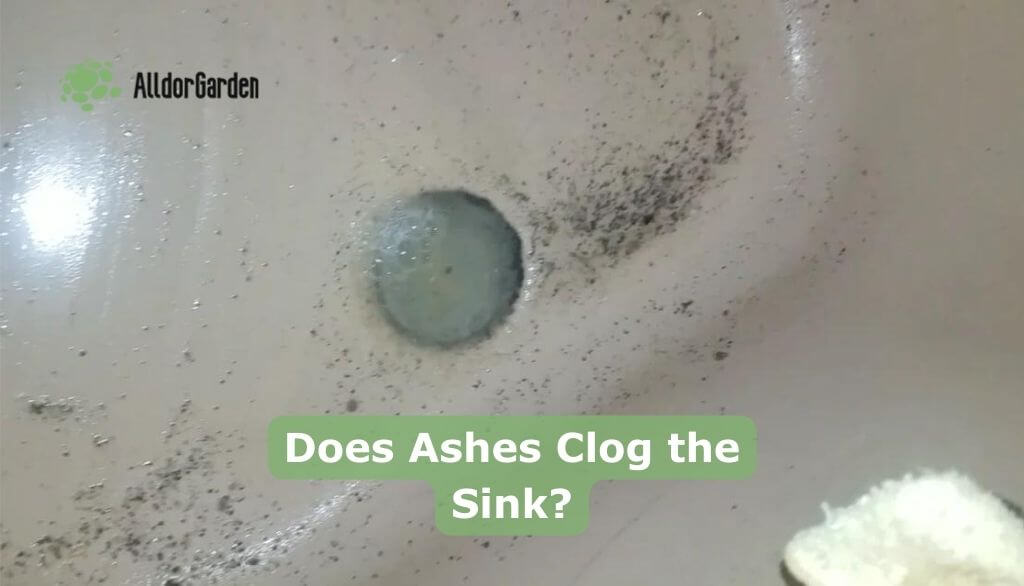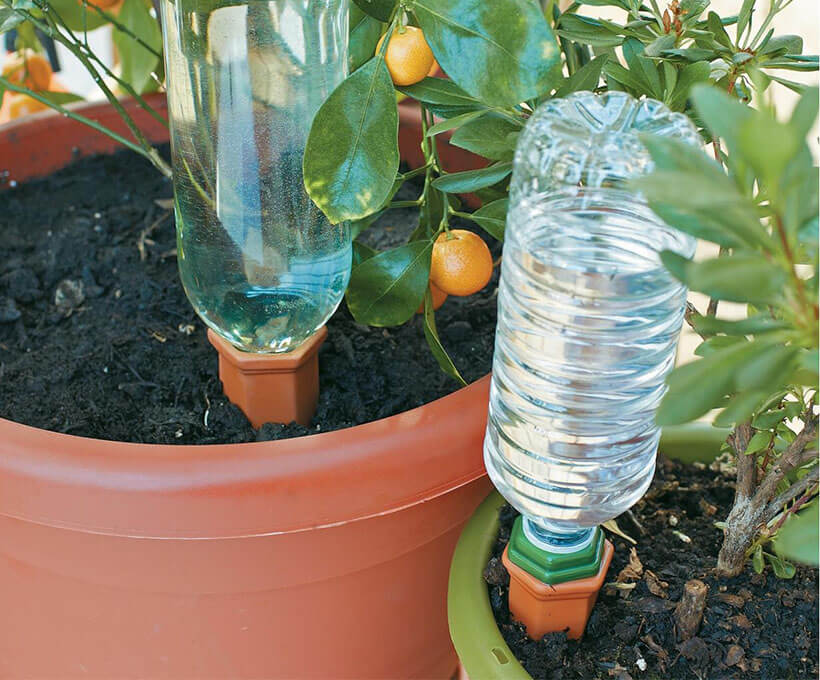Absolutely, you can use a garden sprayer to spray paint, but there are some important things to keep in mind. While it might seem like a handy shortcut, using a garden sprayer for paint can lead to mixed results. Let’s dive into the nitty-gritty of this idea.
Why You Might Consider It
Using a garden sprayer for painting can save you time and effort, especially for larger projects. Here are a few reasons why someone might think about this:
Cost-Effective
Garden sprayers are generally cheaper than traditional paint sprayers. If you’re on a budget, this might seem like an appealing option.
Easy to Use
Most garden sprayers are pretty straightforward. Just fill it up, pump it, and start spraying. It’s less intimidating than some of the more complex paint sprayers out there.
Versatile
You might already have one lying around for your plants, so why not put it to another use? It’s a great way to get more bang for your buck!
The Downsides
However, before you grab that sprayer and get to work, consider the drawbacks:
Inconsistent Spray Pattern
Garden sprayers are designed for liquids like water or fertilizer, not thicker substances like paint. This can lead to uneven coverage and drips—definitely not what you want on your walls or furniture.
Cleaning Challenges
Paint can be a pain to clean out of any sprayer. If you don’t clean it properly, you might ruin your garden sprayer for future use. And trust me, trying to get dried paint out is no fun!
Limited Control
With a garden sprayer, you might find it hard to control the amount of paint being sprayed. This can lead to overspray and wasted materials.
Tips for Using a Garden Sprayer for Paint
If you decide to go ahead and use your garden sprayer anyway, here are some tips:
Thin the Paint
Make sure to thin your paint according to the manufacturer’s recommendations. This helps it flow better through the nozzle.
Test First
Always do a test spray on cardboard or an inconspicuous area first. You want to see how the paint behaves before committing to your project.
Clean Immediately
After you’re done painting, clean your sprayer right away. Use warm soapy water if you’re using latex paint or mineral spirits for oil-based paints.
Summary
So, while you can use a garden sprayer to spray paint, it’s not always the best choice. Weigh the pros and cons carefully before diving in. If you’re looking for quick coverage on large areas and don’t mind some potential messiness, go for it! Just be prepared for some extra work in cleaning up afterward.
FAQ
Can I use any type of garden sprayer?
Not all garden sprayers are created equal! Ideally, look for one with adjustable pressure settings and a nozzle that can handle thicker liquids.
What types of paint work best with a garden sprayer?
Water-based paints usually work better than oil-based ones since they tend to be thinner and easier to spray.
Will using a garden sprayer save me time?
It can save time on large areas but may require more touch-ups due to uneven application. So, it might balance out in the end!
Is it safe to spray paint outdoors?
Yes! Just make sure there’s no wind that could carry the paint elsewhere and wear appropriate protective gear.







